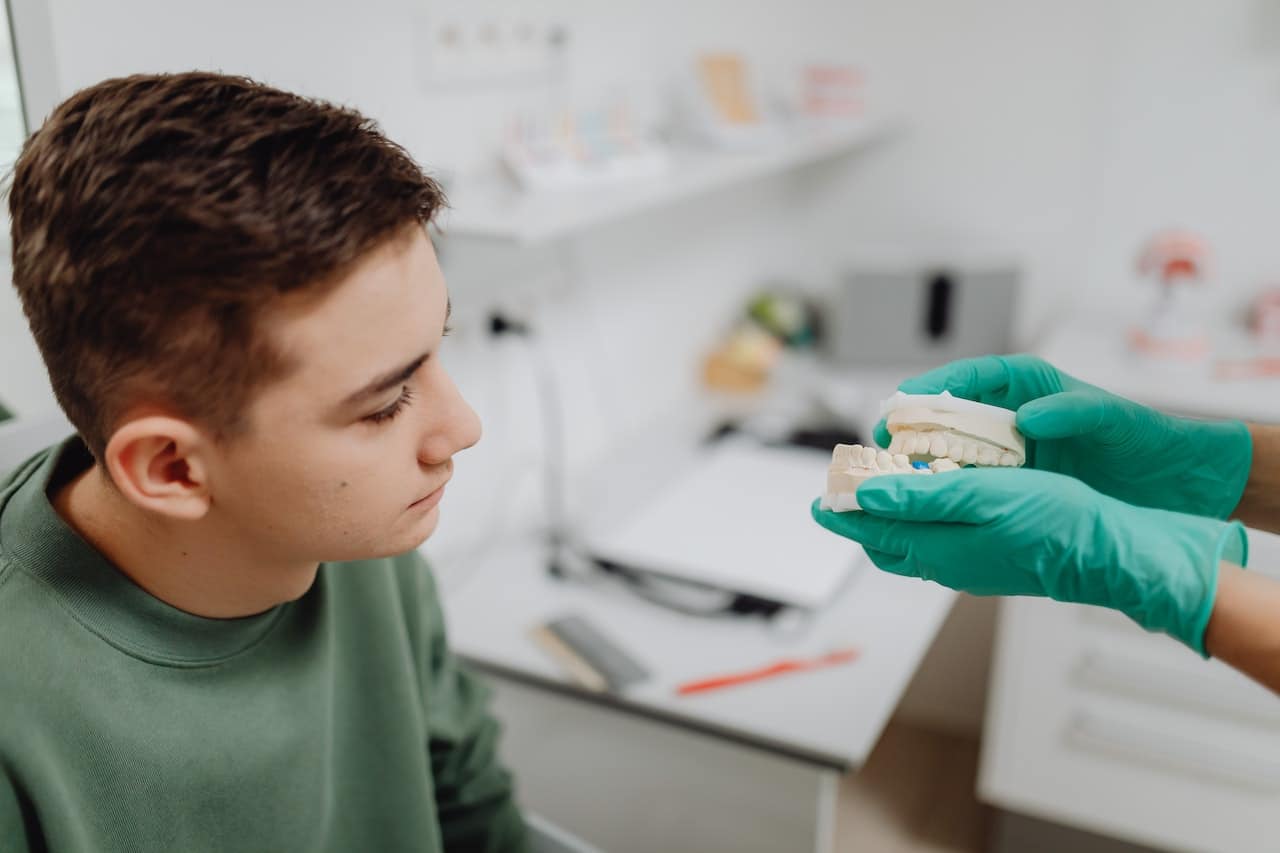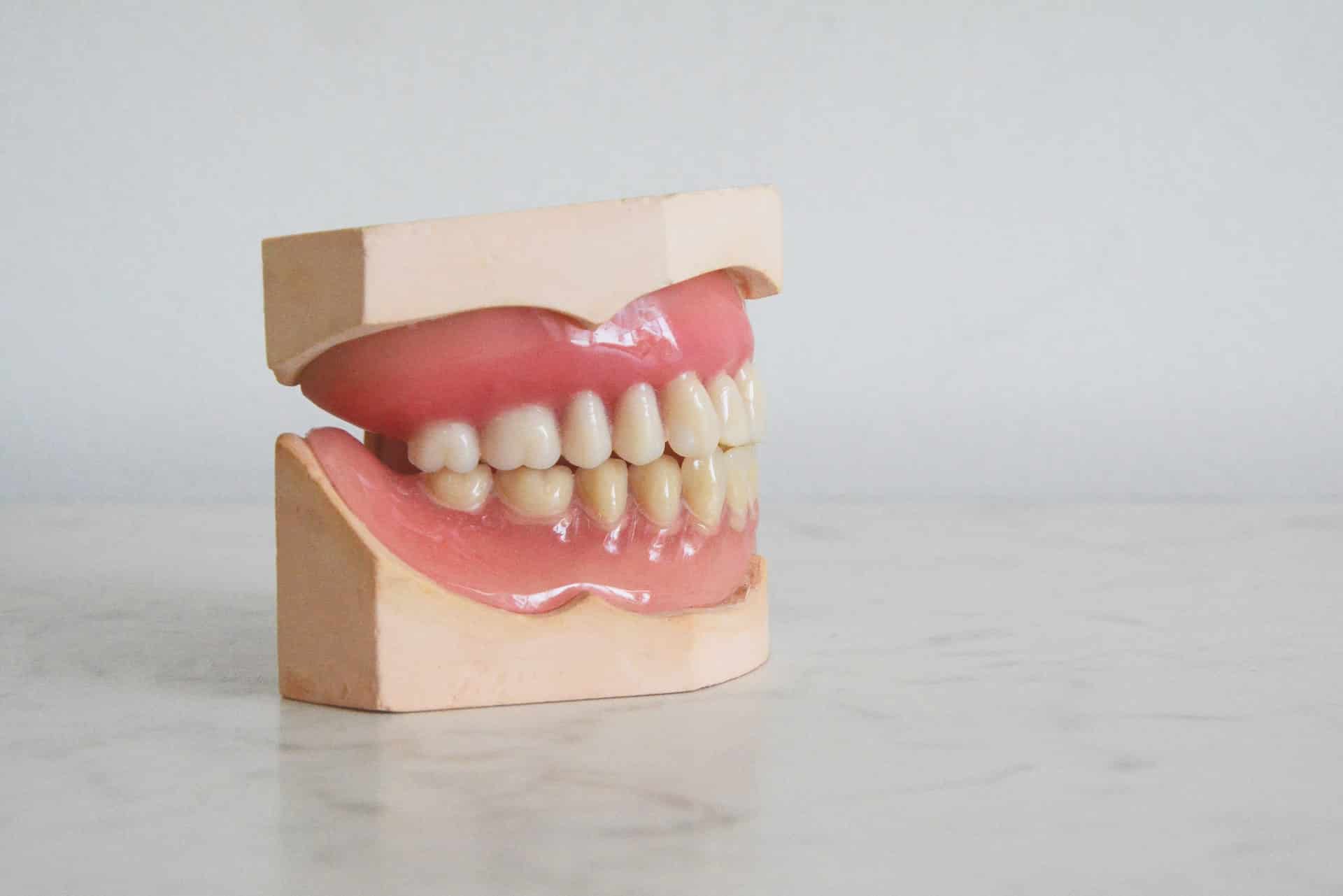Dental plaque is a well-known buildup of bacteria, food particles, and saliva on the surfaces of teeth. It typically has a soft, sticky texture and can be felt when running the tongue over your teeth. It’s created when bacteria in the mouth combine with bits of food and saliva to form a film on the teeth.
It is important to be mindful of plaque buildup in your mouth. Not paying attention to plaque can have consequences beyond bad breath and stained teeth. Your dentist will likely discuss the more common issues that can arise, but many more serious issues can occur.
Pay close attention to dental plaque build-up, not only for the more obvious risks but for the less obvious but equally dangerous effects it can have on oral health. Here are a few issues that develop when you don’t address plaque through a dentist:
Tooth Decay
Tooth decay is a common issue when the protective layer of enamel on our teeth breaks down. This often happens due to acids created by plaque and the bacteria it contains. If left untreated, cavities can form, and this damage can’t be reversed, only stopped. So it is vital to take care of our teeth to avoid tooth decay.
Gum Disease
Gingivitis is a gum disease caused by bacteria that build up around the teeth. It is characterized by inflammation of the gums, which causes redness, swelling, discomfort, and even bleeding. If left untreated, it can worsen and develop into a more serious condition called periodontitis, destroying the underlying structures that support the teeth and potentially leading to tooth loss.
Tooth Loss
Sadly, gum disease can eventually lead to tooth loss and other painful and costly oral health problems if left untreated. Ignoring the warning signs can result in serious consequences, so taking steps to prevent this is important.
Health Issues
We often emphasize that oral health directly connects to overall health and well-being. Some studies have found evidence that the bacteria and inflammation in our mouths can lead to serious medical conditions such as heart disease, memory loss, and diabetes. Therefore, taking care of our oral health is important to maintain our overall health.
Dental plaque build-up can be a small factor that has a big impact on many issues. To prevent problems from worsening, it’s important to take action and ensure that plaque does not accumulate.
The Simple Solutions
A few extra moments to practice good oral hygiene can make a huge difference. Be sure to brush regularly, but also take the time to floss and clean the hard-to-reach spots in between your teeth. Visit your dentist twice a year to get thorough cleanings. Doing so will help maintain good dental health and prevent plaque from building up in those hard-to-reach places.
Regularly cleaning your teeth and gums can protect you from the buildup of dental plaque and the potential problems it can cause.
In Closing
As the saying goes, “It’s the small holes that sink ships.” The same goes for dental plaque. These minor problems can lead to major health risks when left to rot in your dental cavity. So brush and floss daily and visit your dentist once every six months to prevent plaque from gumming up the works.
Schedule an Appointment with Our Periodontist Now
Doctor Shoval and our team of dentists in Ajax are ready to provide a consultation or full dental exam for proper periodontal care! Call now at 905-420-1777. New patients are more than welcome!









